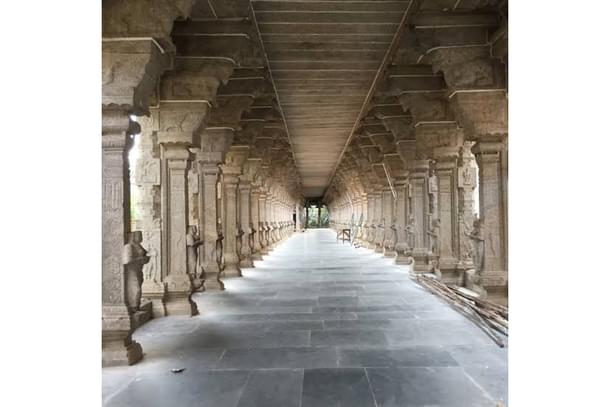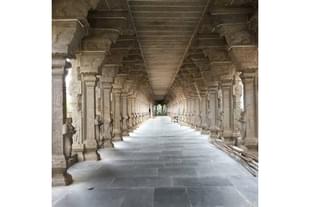News Brief
Major Neolithic Tool-Making Sites Identified In Tamil Nadu—All You Need To Know
Shrinithi K
Jun 18, 2025, 05:41 PM | Updated 05:41 PM IST
Save & read from anywhere!
Bookmark stories for easy access on any device or the Swarajya app.


Two major Neolithic archaeological sites, believed to be centers for stone tool production, have recently been identified and documented by the Yaakkai Heritage Trust, reported The Hindu.
The sites are located at the Adiperumal Temple grounds in Thathanur and at the nearby hillock known as Vannampaarai in Rayarpalayam, Avinashi Taluk, Tiruppur district.
A team from Yaakkai, comprising Kumaravel Ramasamy, Sudhakar Nalliyappan, and Venkatesh Dhanapal, and including student interns from the Yaakkai Archaeological Library, carried out the fieldwork.
Their research revealed a remarkable concentration of grooves at the sites, which is believed to be used for grinding and sharpening stone tools during the Neolithic period.
At Thathanur, over 100 grooves have been recorded, while Vannampaarai features seven more.
The grooves vary in size and depth, with the largest at Thathanur measuring 54 cm in length, 16.5 cm in width, and 4.2 cm in depth.
Most others range between 30–45 cm in length and 10–18 cm in width.
Some of the grooves are notably deeper than those found at comparable sites in Villupuram and Tiruvannamalai districts, indicating intense and prolonged use.
The presence of natural water sources, such as springs and streams near both sites, aligns with the typical pattern of Neolithic settlements, which favored locations with reliable water and strong rock formations.
Surface finds at the sites include microlithic stone tools—specifically quartz blades—outside the temple premises, and clusters of iron ore residues near the grooves at Vannampaarai.
These discoveries further underscore the archaeological importance of the area and suggest a possible wider role in prehistoric material culture and early metallurgy.
The grooves at the Adiperumal Temple are now part of local religious practice, with villagers venerating them as the footprints of Lord Perumal.
Vannampaarai is also a contemporary ritual site, and local oral traditions describe a pattern of alternating worship between the two locations, reflecting a shared ritual heritage that reaches deep into antiquity.
This integration of ancient archaeological features into living religious traditions is a well-documented phenomenon across Tamil Nadu.





